Soap requires pH balance testing to verify it won't irritate your skin. With handmade soaps typically having a pH between 8-10, testing helps confirm they're not too alkaline (above 11), which can strip natural oils and disrupt your skin's protective acid mantle. Regular pH testing throughout production identifies problems early, confirms proper saponification, and assures your final product strikes the right balance between cleaning power and skin compatibility. Discover how proper testing methods can transform your soap-making results.
Why Does Soap Need Ph Balance Testing?
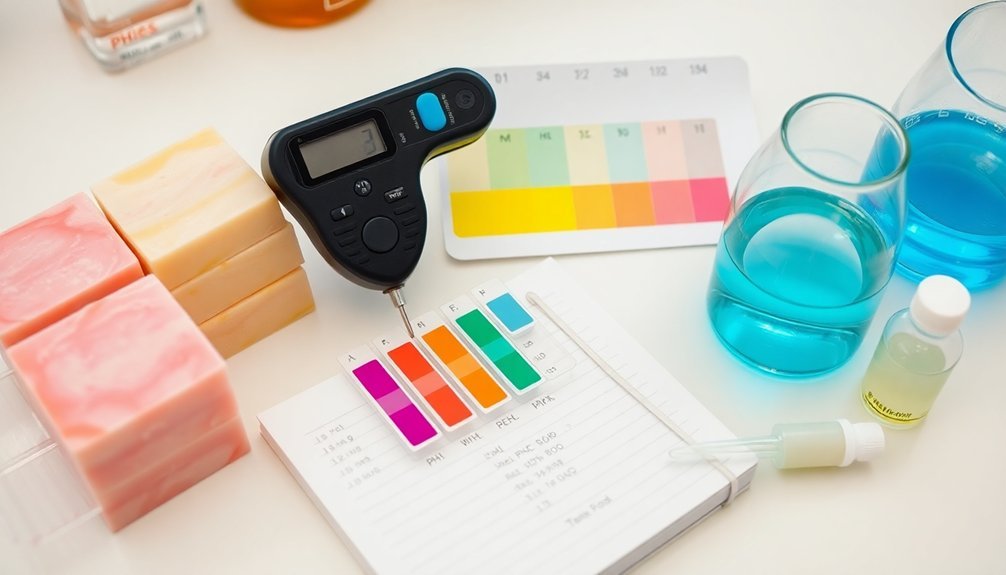
Ever wondered why some soaps leave your skin feeling tight and irritated while others feel gentle and nourishing? The answer lies in pH balance testing.
Handmade soap typically has a pH between 8-10, which effectively cleanses without damaging your skin's acid mantle.
When soapmakers skip testing, they risk creating high pH soaps (above 11) that strip natural oils, causing skin irritation and redness.
During saponification and the curing process, a soap's pH isn't static—it changes over time. That's why testing at multiple stages guarantees consistency and quality.
Beyond skin comfort, accurate pH testing helps soapmakers troubleshoot production issues and avoid liability concerns.
Understanding the Science of Soap Ph and Skin Compatibility
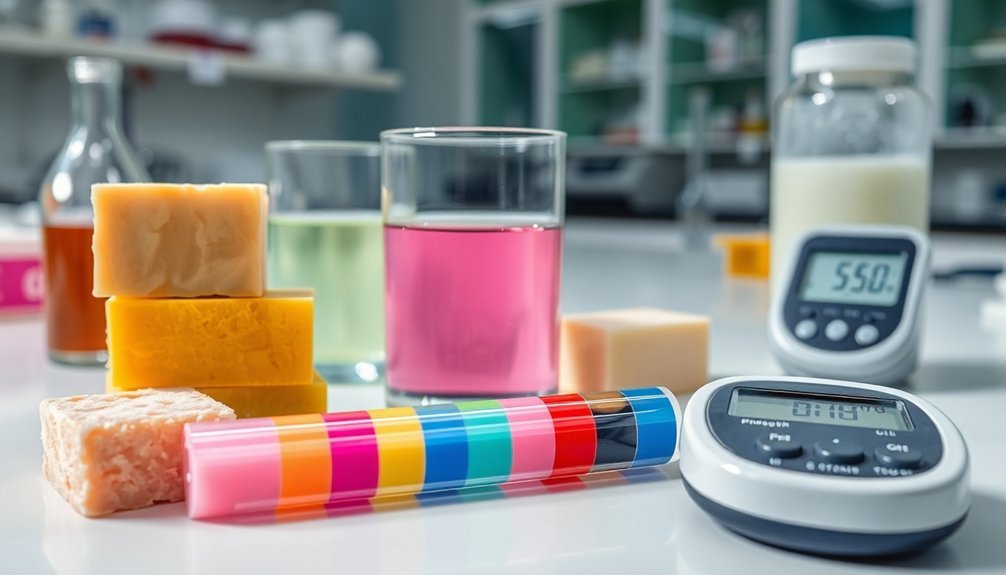
The science behind soap pH helps explain why proper testing is crucial for your skin's health. Your skin naturally maintains a slightly acidic pH between 4.5 and 6.2, creating a protective barrier against harmful bacteria while preserving moisture.
Traditional handmade soap is alkaline, typically ranging from pH 8 to 10—significantly higher than your skin's natural pH. This alkalinity effectively cleanses but can disrupt your skin's acid mantle with regular use.
When this protective barrier weakens, you may experience irritation, dryness, and compromised skin function.
Testing guarantees your soap's pH remains as close to skin-compatible levels as possible. While soap needs some alkalinity to function, balance is key.
Common Methods for Testing Soap Ph: Accuracy and Limitations
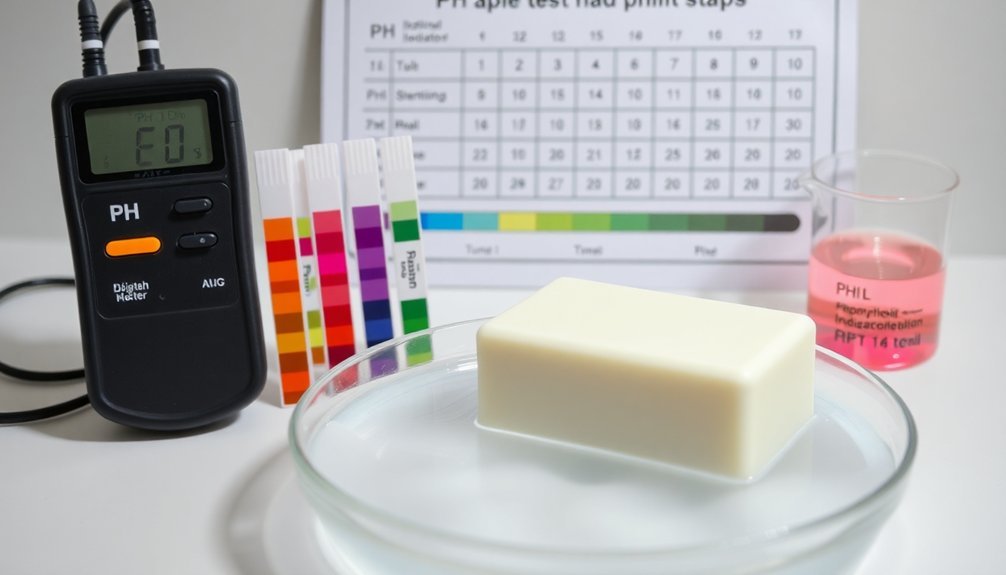
While guaranteeing your soap's pH stays skin-friendly, you'll need to choose among several testing methods with distinct advantages and drawbacks.
pH strips offer convenience but struggle with accuracy when applied directly to soap's colloidal nature, often yielding misleading results.
For more reliable pH testing, consider these alternatives:
- Digital pH meters provide accurate readings but require proper calibration and regular maintenance, especially when measuring thick soap solutions.
- Red Cabbage Liquid pH Indicator (RCI) serves as an eco-friendly natural indicator, though results vary with soap concentration and may need dilution.
- Proper testing procedures involve creating a standardized soap solution—typically 1% concentration—to achieve consistent, reliable pH results.
Whichever method you choose, understanding its limitations will help you correctly interpret your soap's true pH and guarantee skin compatibility.
The Relationship Between Alkalinity and Soap Quality
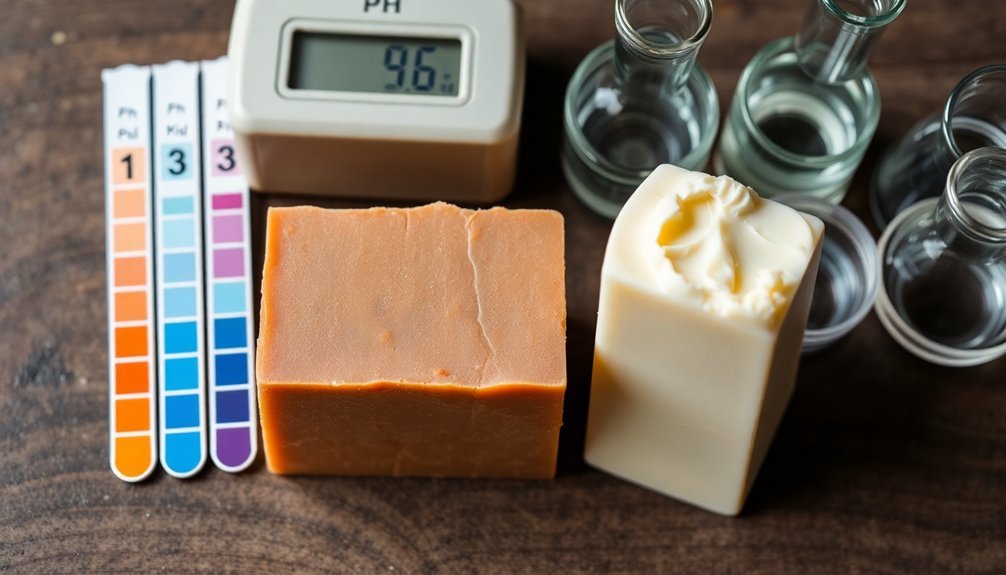
Because soap naturally emerges from saponification as an alkaline product, its pH value directly impacts both cleaning power and skin compatibility. Your soap must maintain sufficient alkalinity (pH 8-10) for effective cleansing while avoiding excessive pH levels that strip natural oils and cause irritation.
During soapmaking, the amount of sodium hydroxide greatly influences final alkalinity. Too much creates harsh products that compromise skin safety; too little reduces cleaning efficacy. This delicate balance defines overall soap quality.
Regular pH testing guarantees your products hit the sweet spot—alkaline enough to lift dirt but gentle enough for daily use. The ideal soap maintains a pH balance around 8, providing thorough cleansing without disrupting skin's protective barrier.
Adjusting Soap Ph: Techniques for Optimal Balance
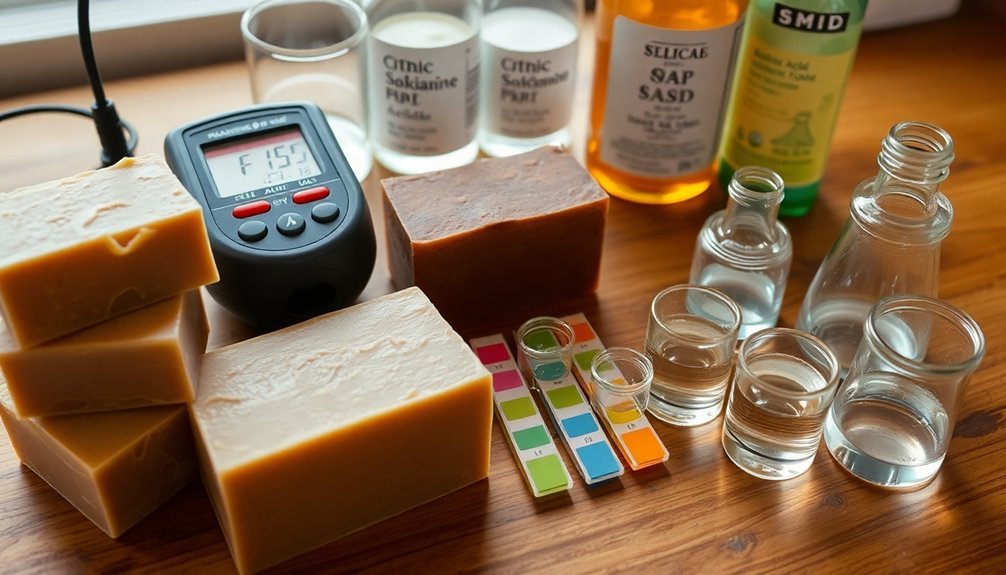
Once you've mastered the basics of soap making, achieving the ideal pH balance becomes your next crucial challenge.
Adjusting soap pH requires careful manipulation of the saponification process to land within the safe range of 8 to 10. Your handmade soap's quality depends on properly balancing sodium hydroxide with your chosen oils.
Consider these techniques for optimal pH balance:
- Calculate precise lye amounts – Different oils require specific sodium hydroxide quantities; accuracy prevents excessive alkalinity.
- Implement a 5% lye discount – Leaving some oils unsaponified creates milder soap with potentially lower pH.
- Allow adequate curing time – The chemical reaction continues during curing, naturally stabilizing pH levels.
pH balance testing throughout production helps confirm your adjustments are working effectively.
Remember that surface ash formation affects appearance but not pH properties.
Frequently Asked Questions
Why Is Ph Level Important in Soap?
The pH level in soap is important because it affects how it interacts with your skin. You'll want a pH between 8-10 for effective cleansing without damaging your skin's natural protective barrier.
What Does Ph Balanced Soap Do?
pH balanced soap protects your skin's natural barrier, preventing dryness and irritation. It cleanses effectively without stripping oils, keeping your skin comfortable and healthy. You'll notice less redness and tightness with regular use.
When Should I Test the Ph of My Soap?
Test your soap's pH immediately after making it to catch lye issues, then again after the 4-6 week curing period. You'll also benefit from testing during curing and whenever you try new formulations.
Can Certain Soap Throw off Your Ph Balance?
Yes, certain soaps can throw off your pH balance. Highly alkaline soaps (pH above 11) disrupt your skin's natural acid mantle, while even natural soaps (pH 8-10) may affect sensitive skin over time.
In Summary
You'll find pH testing essential for creating soaps that work with your skin's natural chemistry. By understanding and monitoring your soap's pH, you're ensuring it won't strip away protective oils or cause irritation. Don't skip this vital step—whether you're using pH strips, meters, or indicators. With proper testing and adjustment techniques, you're crafting products that clean effectively while maintaining your skin's delicate balance.
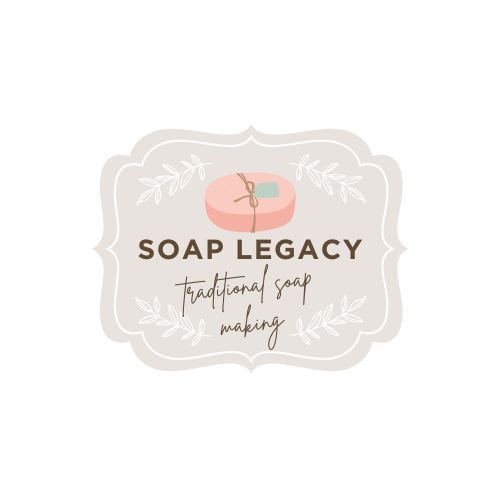

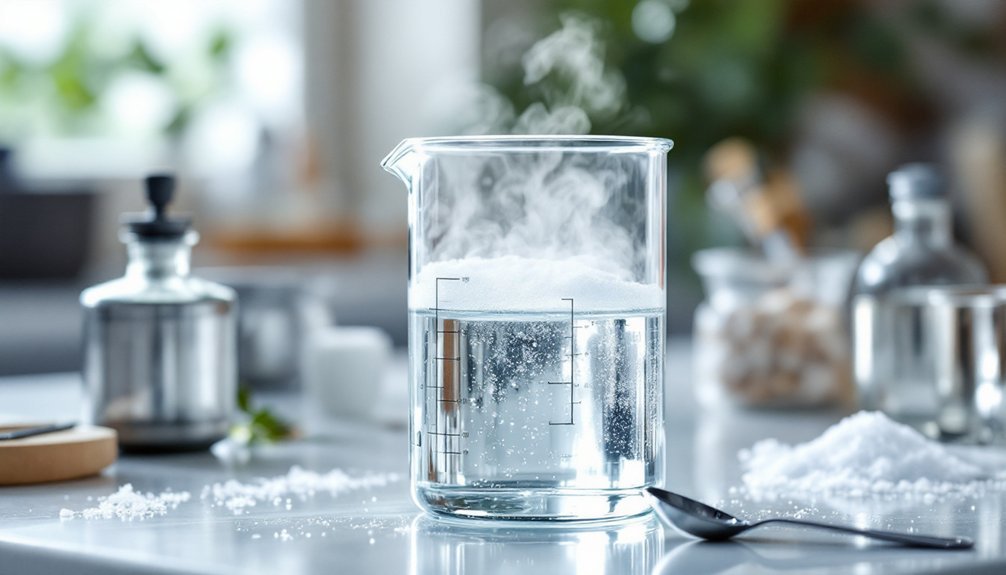
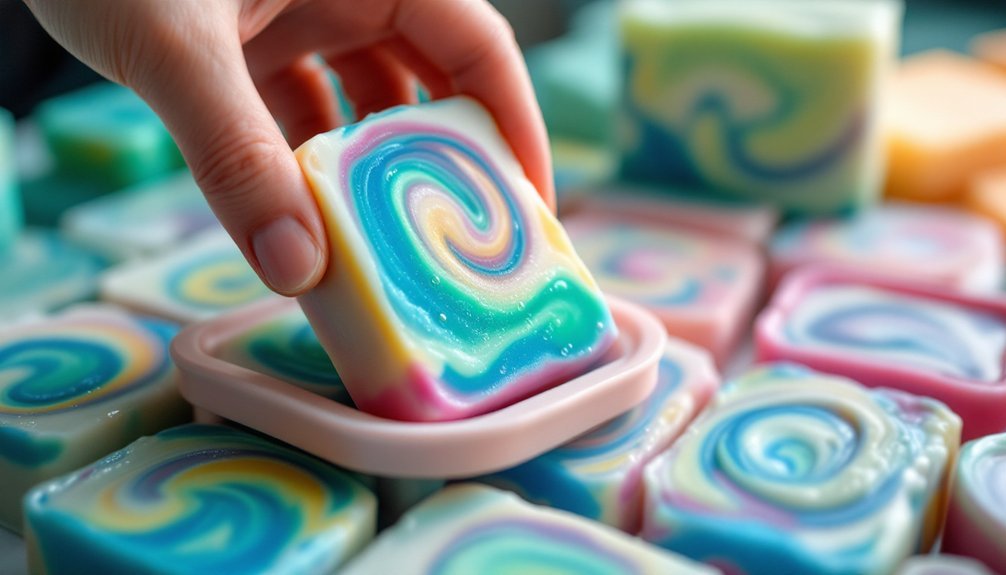

Leave a Reply